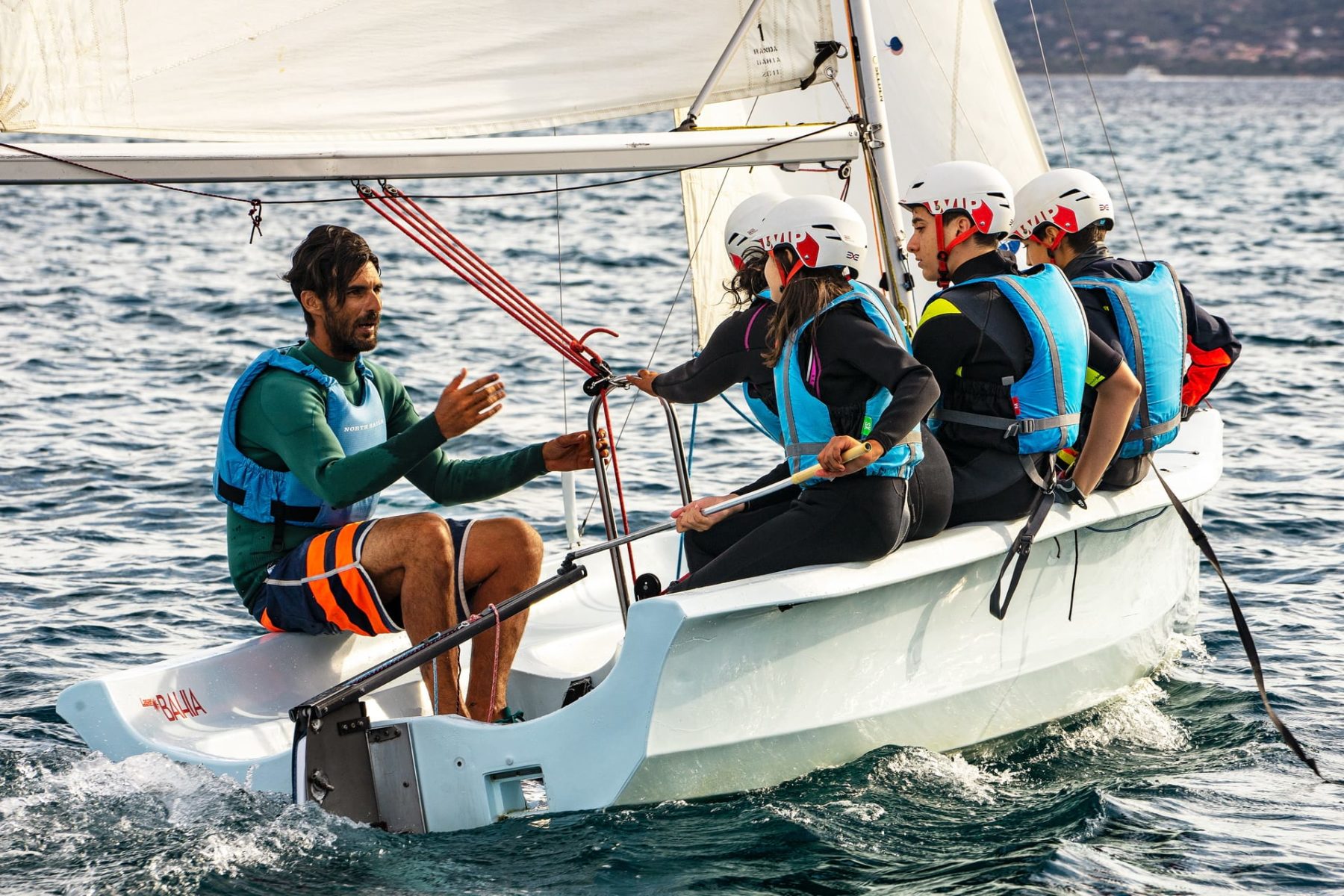"Technology is not infallible; if systems fail, you have to be able to cope. This is how Federico Hansberg, a CVC instructor who holds the course on astronomical navigation by height straight lines and a great sextant enthusiast, with a collection boasting more than a hundred pieces.
Is that why knowing how to make the ship point with the stars is so important?
Of course. By way of example, in the recent past, the US Navy had abolished the calculation of the height lines from its course of study for officers: well, after twenty years of suspension, in 2012, they had to reintroduce it, taking advantage, to restart the course, of the presence of the Liaison Officer of the Italian Navy, Commander Raimondi, who was seconded to the United States, because in twenty years, also the US officers able to teach astronomical navigation had been exhausted. The problem is that astronomical navigation is also the only navigation technique that is immune to electronic warfare cyber attacks.
What are the special features of the course you teach for CVC?
To begin with, it is a course that deals only and immediately with the method of height lines, known as the St. Hilaire method. To my knowledge it is the only one that in one weekend allows you to learn how to make a ship's point with sextant, tables and stars (the others take much longer, ed.). Moreover, it is the only course where all the students have a real instrument and not a plastic one.
And this is a great added value?
Yes, because the sextant is a very delicate instrument, and in the Navy they teach you never to lend your own to someone else. So the only possibility is to buy one or go to a big school like the CVC, which has several dozen available.
Doesn't the plastic sextant work as well?
The plastic one is not less precise, but it is more difficult to use because it loses its zeroing very easily, so the beginner who thinks that the plastic sextant is more suitable for him is completely off the mark because before each observation the mirrors have to be ground and checked, whereas with the metal one it is only ground once at the beginning of navigation.
Are there other specificities in your course?
One, fundamental. Logarithmic tables are normally used for calculations, which is one of the main reasons why nautical astronomy has never been very popular in the yachting world, because calculations made at sea with the boat dancing are anything but pleasant. But to make these calculations we have chosen special tables practically unknown in Italy that are only 36 pages long instead of those commonly used in the Italian nautical world, of American derivation that consist of six volumes, in short a sort of Treccani, very cumbersome to carry on a boat. The tables we use are the most compact ever and at the end of the course each student keeps the ones they have learnt to use.
At the end of the course, what is the student able to do?
In the end, they all manage to hit the target in the black part, in other words the centre; this means that they will all obtain the same measured height of the sun or the star they are observing while remaining within the tolerance of two-sixtieths of a degree, which is the maximum precision that even an expert can obtain, because it is the maximum resolution that the human eye can obtain when using a telescope with four magnifications (a higher magnification would produce too many vibrations at sea, ed.)
But if you think it's easy, you're way off the mark... Thank you Federico for your valuable contribution.
For reservations and info HERE







